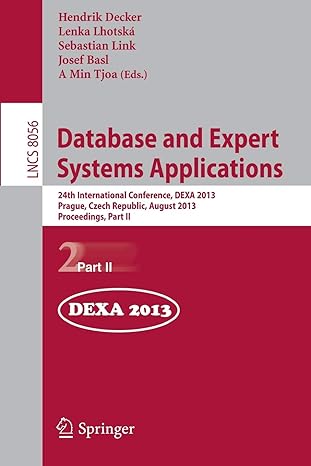Question
!!!! ONLY IN ASSEMBLY LANGUAGE IRVINE!!!!! Intel gave us some primitives for comparing, moving, and scanning strings of BYTEs, WORDs, and DWORDs. Let's pretend they
!!!! ONLY IN ASSEMBLY LANGUAGE IRVINE!!!!!
Intel gave us some primitives for comparing, moving, and scanning strings of BYTEs, WORDs, and DWORDs. Let's pretend they don't exist and you have to do everything "the hard way". Use the same conventions as the Intel primitives: ESI and EDI - point to the strings ECX - the length of the string and adding two new ones for our use EBX - the TYPE of the string EAX - to contain a value of -1 if they match otherwise the location of the first nonmatching elements (remember, we start counting at 0) and write a generalized PROC that compares two strings of BYTEs, WORDs, or DWORDs based on EBX. Don't forget to put in lots of comments.
Step by Step Solution
There are 3 Steps involved in it
Step: 1

Get Instant Access to Expert-Tailored Solutions
See step-by-step solutions with expert insights and AI powered tools for academic success
Step: 2

Step: 3

Ace Your Homework with AI
Get the answers you need in no time with our AI-driven, step-by-step assistance
Get Started


